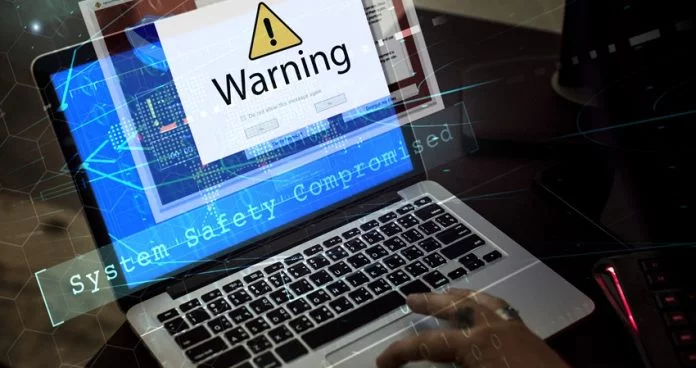Public awareness of cybercrimes and cybersecurity is the utmost priority in the contemporary digital era. Let us discuss a few methods to identify phishing attacks which is a common type of cybercrime.
How does Phishing work?
Phishing is a shrewd methodology of cybercrime that cyber crooks use to deceive you into uncovering individual data, for example, passwords or credit cards, social security, and financial account numbers.
A spoofing attack is most frequently accomplished via e-mail. The assailant sends crafted messages to individuals inside an association.
The email typically claims to be from somebody reliable, similar to your bank, UPS/FedEx, a MasterCard organization a carrier, or some other site for which you may have login qualifications.
The email incorporates a connection to an “official” website that is a phony site worked by the attacker.
Therefore once the client visits the phony site, attackers might ask them plainly to enter account data. Exploiting an assortment of vulnerabilities in the program, the assailant might most likely introduce a Trojan horse on the client’s PC.
Whenever done effectively, the attacker can catch touchy data without the victim even realizing that they have been undermined.
Identify Phishing Attacks by knowing their Common Types:
-
Deceptive phishing
The most well-known kind of phishing trick is in which fraudsters imitate an authentic organization and endeavor to take individuals’ information or login accreditations.
-
Spear phishing
In lance phishing tricks, fraudsters alter their assault messages with the target name, position, organization, work number, and other data, trying to trap the beneficiary into trusting that they have an association with the sender.
-
CEO fraud
It is the second period of a business email bargain (BEC) trick where assailants imitate an official and misuse that person’s email to approve deceitful wire exchanges to a money-related establishment of their decision.
-
Pharming
It is a strategy for assault that originates from the domain name system (DNS) store harming.
Under a DNS store, a harming attacker focuses on a DNS server and changes the IP address related to an alphabetical site name to divert clients to a pernicious site of their decision, regardless of whether the victim entered the right site name.
-
Google doc’s phishing
Google Drive underpins records, spreadsheets, introductions, photographs, and even whole sites; phishers can mishandle the administration to make a site page that impersonates the Google account sign-in screen and reaps client certifications.
How to Identify Phishing Attacks
- Emails with nonexclusive welcome. Phishing messages regularly incorporate nonexclusive welcome, for example, “Hi Bank Customer” besides utilizing the beneficiary’s real name.
- Emails asking for individual data. Authentic organizations never request private data by tapping on a connection to a site.
- Emails asking for an earnest reaction endeavoring beneficiaries to expect that they will lose access to critical data if they don’t act right away.
- Never click on emails with parodied links that lead to some other site. You can rather skim that particular mail to check for its authenticity.
How to Prevent Phishing Attacks:
Because attackers are continually concocting new strategies, there are a few things that you can do to protect yourself and your association:
- Use hostile phishing programming to identify spoofing messages and sites.
- Utilizing spam filters can be a beneficial option to secure against spam emails.
- The browser settings ought to be changed to prevent fake sites from opening.
- One of the most important approaches to guarantee security is to change passwords all the time and never utilize a similar secret phrase for numerous records.
- Secure sites with a substantial Secure Socket Layer (SSL) testament start with “https”.
- Keep your program modern and apply security patches.

